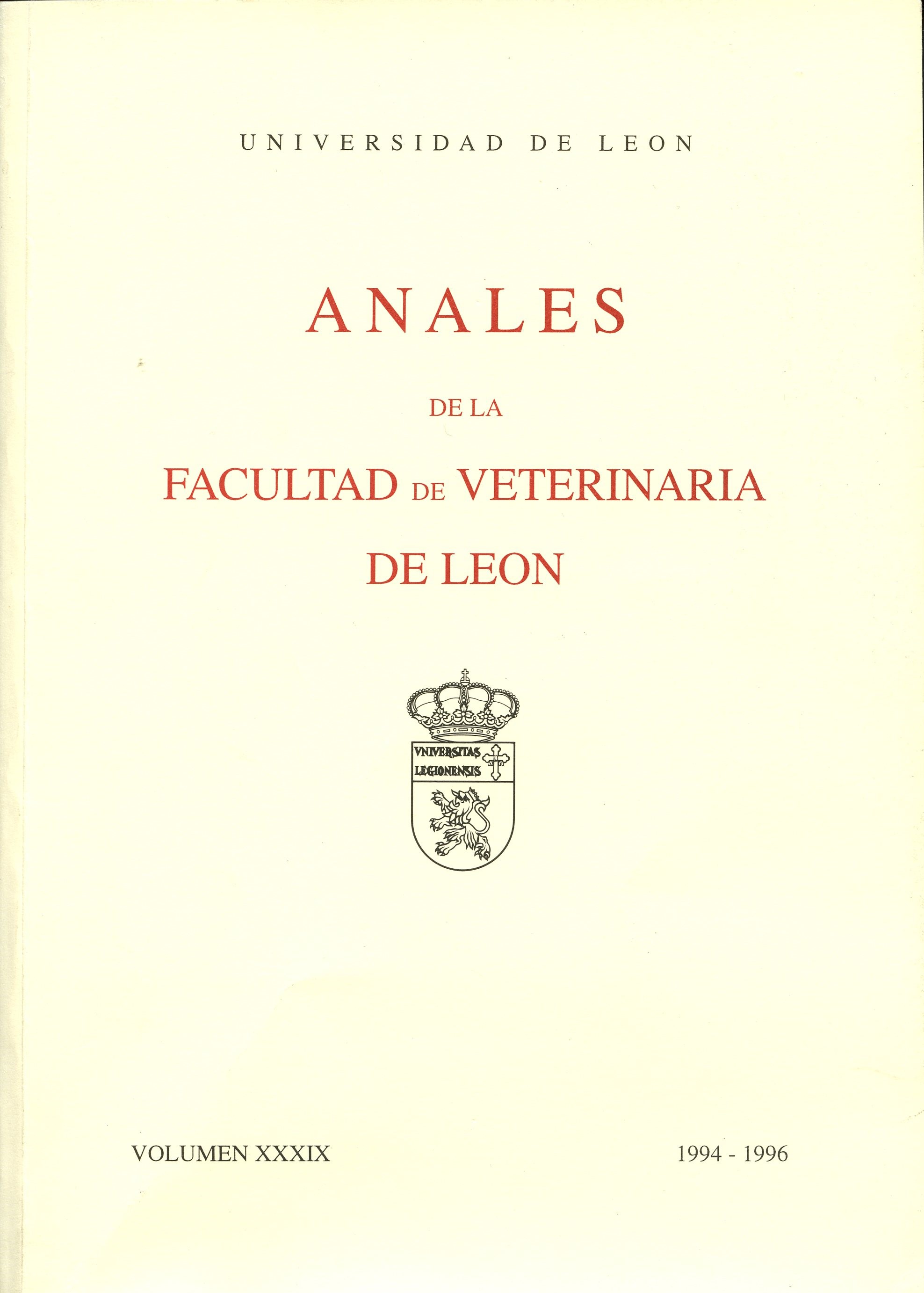Effectiveness of sodium chloride as inhibitory agent for Bacillus stearothermophilus
DOI:
https://doi.org/10.18002/analesdeveterinaria.v39.7846Keywords:
Bacillus stearothermophilus, heat resistance, NaC1 inhibition, sporesAbstract
The effects of different salt concentrations in the recovery medium on the unheated and heated Bacillus stearothermophilus spores (ATCC 12980, 7953, 15951 and 15952) were investigated. Uninjured spores of strain 7953 did not form colonies after addition of salt at concentration of 3%, whereas the other strains were able to growth up to a level of 6%. Sodium chloride had a marked effect on the recovery of injured spores. Concentrations as low as 0.5% caused a reduction in the recovery efficiency. In all cases, increasing the salt levels resulted in a progressive reduction of recovery rates, although the minimum inhibitory concentration varied among the strains, from 2% for 7953 and 15952 strains, 3% for 15951 strain and 4% for 12980 strain. D-values gradually decreased as the salt content in the medium increased resulting in a reduction of 50% when survivors were recovered in the presence of 2% of salt. No statistical significance (p>0.05) differences were detected among calculated z-values for all strains in all assayed conditions. z-Values ranged from 7.35 to 8.08, with a mean value of 7.81+_0.23.Downloads
Download data is not yet available.
Downloads
Published
1996-01-02
Issue
Section
Research papers
License
Copyright (c) 1996 Ana Bernardo Álvarez, Josefa González Prieto, Margarita Mazas Alberdi, Isaac González Martínez, Mercedes López Fernández

This work is licensed under a Creative Commons Attribution-NonCommercial-ShareAlike 4.0 International License.
Los autores que publican en esta revista están de acuerdo con los siguientes términos:
- Los autores ceden de forma no exclusiva los derechos de explotación (reproducción, distribución, comunicación pública, transformación) a la Universidad de León, por lo que pueden establecer, por separado, acuerdos adicionales para la distribución no exclusiva de la versión de la obra publicada en la revista (por ejemplo, alojarlo en un repositorio institucional o publicarlo en un libro), con un reconocimiento de su publicación inicial en esta revista.
- Este trabajo se encuentra bajo la Creative Commons Attribution-NonCommercial-ShareAlike 4.0 International License. Puede consultarse desde aquí la versión informativa y el texto legal de la licencia.
- Se permite y se anima a los autores a difundir electrónicamente las versiones pre-print (versión antes de ser evaluada) y/o post-print (versión evaluada y aceptada para su publicación) de sus obras antes de su publicación, ya que favorece su circulación y difusión más temprana y con ello un posible aumento en su citación y alcance entre la comunidad académica.







